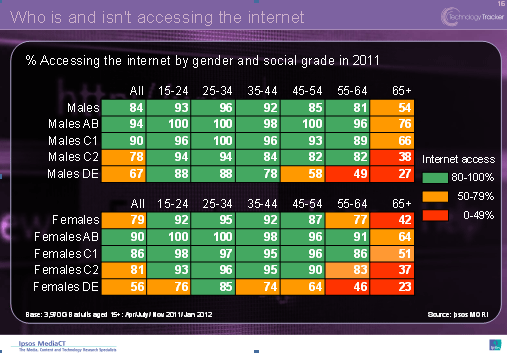Using access to information to push up standards

The Department of Health’s new information strategy aims to use information and new technologies to push up standards of care and improve outcomes for patients. As the subtitle (Putting all of us in control of the health and care information we need), suggests, giving patients access to information will be key to the strategy’s success. Indeed, in this way the strategy is an important step towards achieving the Department of Health’s goal of placing patients’ needs and preferences at the centre of clinical decision-making, a goal expressed by the Department as ‘No Decision About Me, Without Me’.
The strategy acknowledges the ambitious scale of the challenge, (it is described as ‘unashamedly aspirational’), but it also outlines how this challenge can be overcome. In light of this, we thought that it would be useful to look at where we are now, in order to understand how far there is to travel and what could be done to help get there. As the strategy acknowledges, there are currently cultural and practical barriers inhibiting the sharing and accessing of information both on the part of professionals and patients. What do we know now about some of the barriers to making this work for patients and what is the starting point?
Much of our work in this area suggests that there is some way to go before we are in the position where it is second nature for people to become agents in their own healthcare. How we approach this area of our lives varies tremendously across the population as our work on No Decision About Me, Without Me shows. It is inevitable that there will be early adopters and there are people who actively search for data, work with their doctor to look at options and exercise choice in an informed manner.
However, it is perhaps more useful to look at those segments of the population not acting in this way, who instead favour a model in which their doctor unilaterally decides what is best for them, and in which they have little or no involvement in such decisions. Given our overwhelming trust in doctors and people’s general tendency towards sticking to what they know (often referred to as status quo bias1), it is perhaps not surprising that this second model is still relatively prevalent. The key to changing this is understanding who these people are and what the barriers to behaviour change are.
When we look beyond the direct interaction between a doctor and their patient and broaden out the debate to look at the extent to which people are actively searching for data on the quality of services it is again clear there is some way to go. According to Ipsos data, just under half of adults do not know where to get information about the quality of local health care services whilst only around one in six adults has ever looked online for information about the quality of their local services. Moreover, what this last figure does not tell us is what happened when they did look. Was the information understandable and fit for purpose?
The information strategy points out that transparency can drive up standards. Whilst this is undoubtedly the case, it will only be truly effective if thought and consideration is given to how patients can be encouraged to use data to make informed choices both in their treatment and where they go to be treated. Our experience when working on information provision in the public sector is that it has never been enough just to make data available to people. Too often data is published without due care and attention being given to how patients will use it or indeed whether they can use it.
It is important to bear this in mind when considering the emphasis that the strategy places on the role of the internet in the dissemination of information. The strategy recognises the challenge of internet penetration, and this is back up by our data. Internet access is still not universal; over half of adults in social grades D and E over the age of 54 do not have access to the internet, with the proportion who do have access dropping off sharply over the age of 65. Given the prevalence of long-term conditions in this population this is an area that clearly needs looking at.

Whilst it is reasonable to presume that internet penetration will continue to increase, it is important to find ways to reach out to those sections of the population who are not IT literate or do not have internet access. Dr. Amir Hannan’s work recently caught our eye as an interesting example of how this can be done, and indeed his practice is also referenced in the strategy. What struck us about Dr. Hannan’s work is how he is overcoming some of the challenges around internet access in order to encourage patients in his Stockport GP practice to access their medical records online.
He has done this by setting up a partnership between the NHS and the local council to teach patients how to use the internet so they can access websites to seek information about their health, complete tasks such as ordering repeat prescriptions online and access their health records2. Initiatives such as these will be crucial to empowering patients to take control of their own health.
The size of the challenge posed by the information strategy is considerable, and the key to overcoming it will be to learn from what has gone before in this area and to look at what lessons can be learnt from elsewhere. In particular, the latest behaviour change theory could prove valuable in driving the strategy forward. The key is to reach a tipping point at which individuals actively seeking out and using information about their healthcare becomes the social norm. We will explore these themes further in our next blog.
Notes
1. See Thaler, R. H. and Sunstein, C. R., 2008. Nudge: Improving decisions about health, wealth and happiness. New Haven and London: Yale University Press, pp.34-35. 2. Hannan, A. (2010) Providing patients online access to their primary care computerised medical records: a case of sharing and caring. Informatics in Primary Care, 18, p.45.



